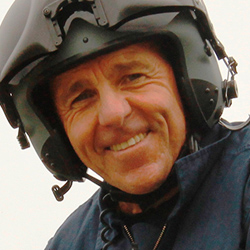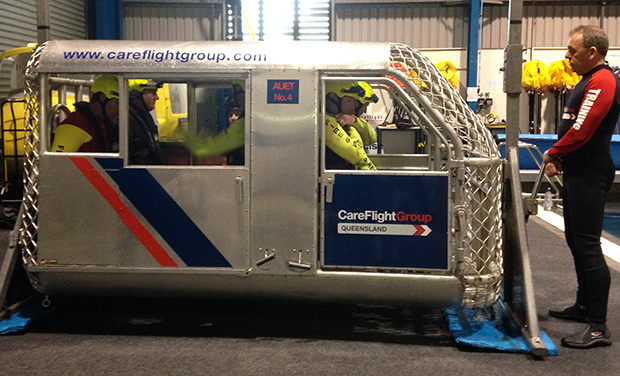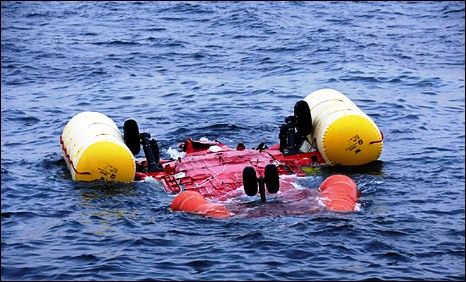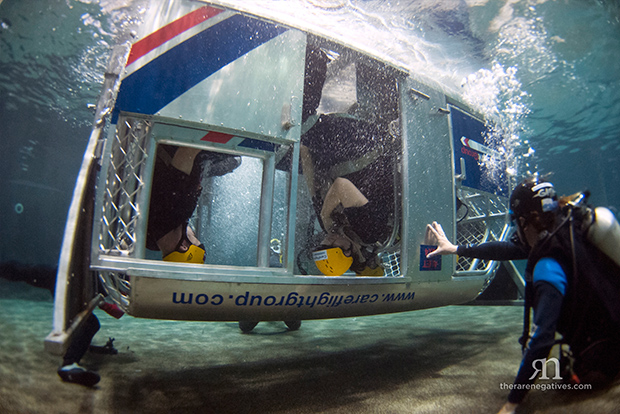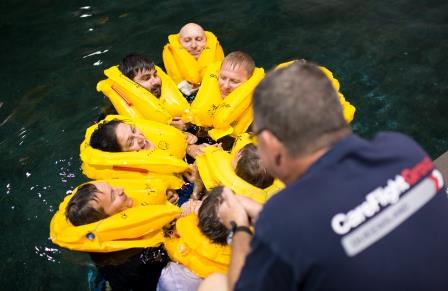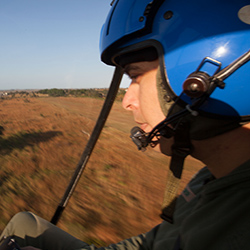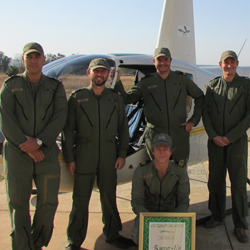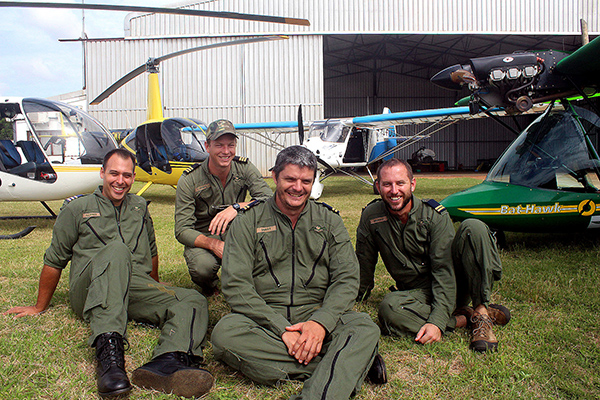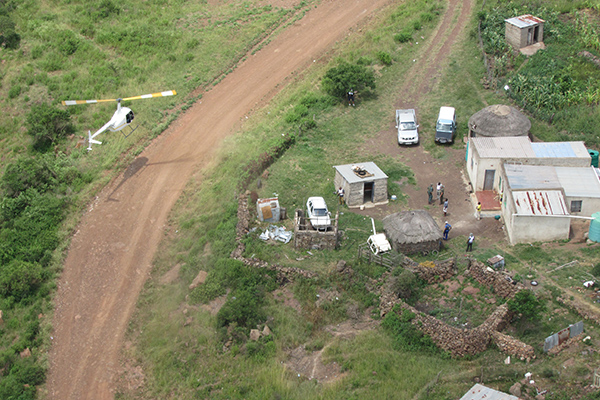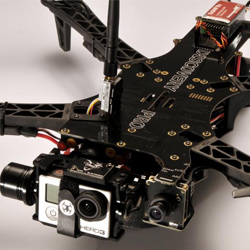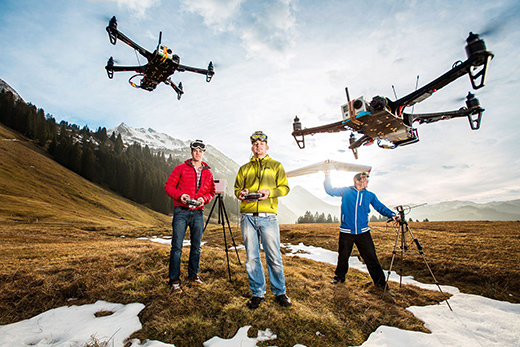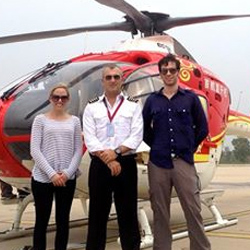Podcast: Play in new window | Download
Subscribe: Apple Podcasts | RSS

Alaska is still largely wilderness and remote communities rely heavily on helicopter operations. Air Ambulance services like the one that today’s guest Lorena Knapp flies for can drastically reduce the time needed to get a patient to primary care given the terrain and ground conditions.
Find out about flying conditions in Alaska and get an insight into helicopter Emergency Medical Service (EMS) operations. Along the way we follow Lorena’s career progression to find out how she got her start and worked her way up to her current challenging position.
Podcast: Subscribe in iTunes | Play in new window | Download
01:12 Meet Lorena Knapp
02:30 Current role with Air Methods and location
04:30 Early flying experience with her dad
06:10 Helicopter training and getting licence
08:22 Hillsboro Aviation training and instructing
09:00 Oil and Gas in Gulf of Mexico
11:10 Tours – Juneau and Denali, Alaska
13:40 Moving into EMS
14:50 Air Methods organisation and history
18:00 EMS operations – Air Ambulance, VFR, NVGs, shifts
20:20 Medical crews and carrying patients, memorable calls
25:10 Really making a difference
26:20 Flying in Alaska
28:10 Terrain and heights
28:50 Day length changes, NVGs
30:45 Impact of weather
34:05 Cold weather ops
38:25 Sectional charts, GPS and navigation
39:55 Anchorage airspace classes
42:20 Helicopter industry operators
44:00 Getting a job in Alaska
44:50 Alaska highlights off hours
47:20 Helping people achieve dreams
49:45 Ninety-nines and other women aviation groups
52:53 Trainmorepilots.com
53:20 Best helicopter novels – send in your nominations

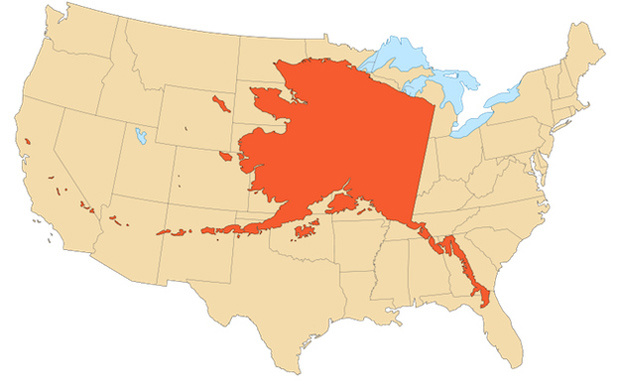
Lorena’s TEDx Talk Video
[leadplayer_vid id=”5415358564A54″]
Links from this week’s episode:
Lorenaknapp.com – Lorena’s website
AirMethods
The Ninety-Nines, Inc., International Organization of Women Pilots
Whirly Girls
[Tweet “If we were not there, that guy would not now be alive #helicopters”]
[Tweet “Can sometimes log more night flying on the day shift than the night crews”]
[Tweet “The hydraulic fluid starts to get jelly-like at these temps #alaska”]
Got a comment or question about today’s show? Use the area below to leave your thoughts.

